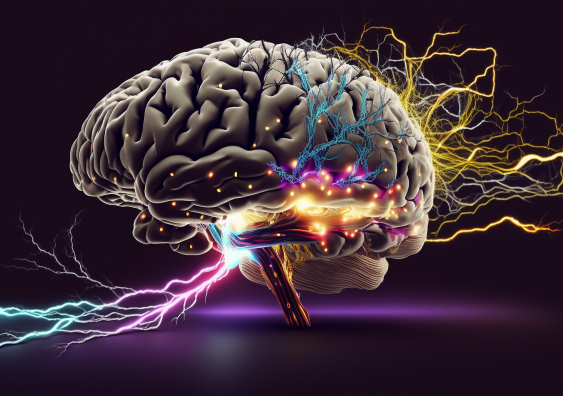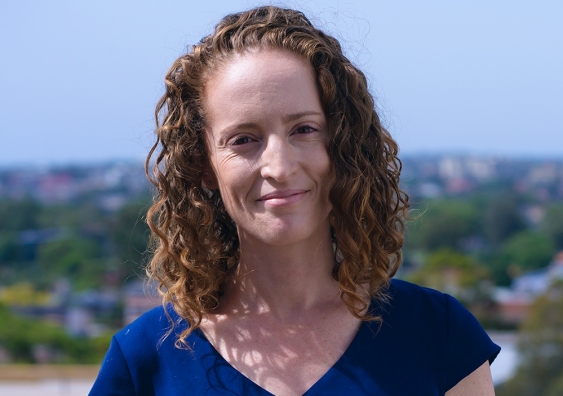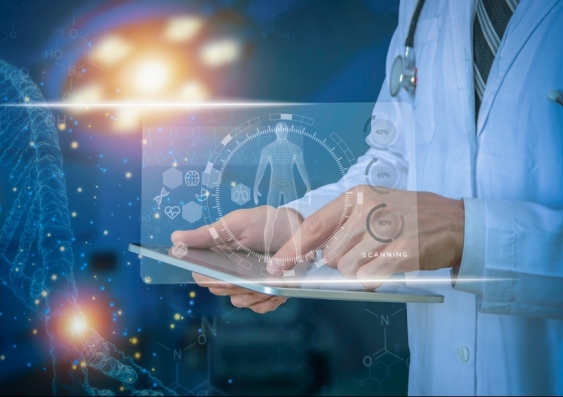Experts have warned against simply throwing money and new equipment at disadvantaged communities to tackle the problem of inequitable health care.
Have you ever heard of 'medical equipment graveyards' in developing nations? This terms refers to the accumulation of discarded or broken medical equipment, which has often been generously donated. 
║┌┴¤═°┤ˇ╩┬╝ă Associate Professor Lauren Kark and , a paediatric doctor and the managing director of , discussed the issue as part of the Engineering the Future podcast series.
The episode addresses the challenges of achieving equitable health care in disadvantaged communities, making sure everyone has access to resources and opportunities to achieve the highest possible level of health, regardless of their social, economic, or demographic background.
This approach recognises and addresses barriers ÔÇö such as discrimination, poverty, or lack of access ÔÇö that can prevent certain groups from receiving the care they need. The aim is to eliminate unfair and avoidable differences in health outcomes.
However, both A/Prof. Kark and Dr Currow warned against the overly simplistic solution of providing new technology and expecting that to be the cure-all.
Media enquiries
For enquiries about this story and interview requests please contact Neil Martin, News & Content Coordinator.
Ěí│ż▓╣ż▒▒˘:╠řn.martin@unsw.edu.au
Outcomes not always positive
They are backed up by  from the World Health Organization which acknowledges that the health sectors of many developing countries rely significantly on donations of medical devices and medical equipment.
But it goes on to say: ÔÇťAlthough these donations are generally made with good intentions, the outcomes are not always positive if the donations are not properly planned and coordinated.ÔÇŁ
And it cites research which estimates that between only 10 to 30% of donated equipment becomes operational in developing countries.
And speaking on the Engineering the Future podcast episode, A/Prof. Kark said: ÔÇťThere are statistics out there which suggest a lot of the equipment arrives already broken ÔÇö and there's no judgement there. It may have broken in transport, and so already people can't use it.
ÔÇťAnd then of course there is the maintenance of it. In certain countries the rubber on a blood pressure cuff, for example, will degrade. That's a very simple exchange, but nobody's shown people how to do that, or perhaps that rubber is not available in that community. So what are the alternatives?
ÔÇ└ß▓ď they showed that within five years, 97% of donated medical equipment was out of service, which is incredible. To see an equipment graveyard in a hospital in many, many countries is not unusual.ÔÇŁ
In order to help address the problem, A/Prof. Kark has developed the┬áGlobal Engineering Impact Program┬áat ║┌┴¤═°┤ˇ╩┬╝ă which gives students the opportunity to travel to low and middle-income countries to repair medical equipment at local hospitals.
While there, they are encouraged to train locals on how to sustain the equipment, and to identify and resolve any other significant issues they can assist with. Since 2015, and previously in partnership with Engineering World Health, her students have repaired 2000 medical devices in rural hospitals across Cambodia, Nepal, Tonga, and Uganda.
These include autoclaves, suction pumps, oxygen concentrators, centrifuge machines and many more.
Giving agency to communities
Dr Currow worked as a GP for more than a decade and in paediatric emergency as a senior chief medical officer. Her work with Taking Paediatrics Abroad aims to share expertise in paediatric care to prevent and control diseases, save lives and create a brighter future for children and young people in low-resource settings overseas and in Australia.
She agrees that the provision of inadequate equipment is a barrier to equitable health care, and says a better approach is to listen carefully to those directly affected by unfair outcomes and empower them to be more involved in the potential solutions.
ÔÇťI totally agree that throwing money (at healthcare problems) can be counterproductive. I think we should give agency to people, helping them to decide what they need and how to address their priorities and working alongside them,ÔÇŁ Dr Currow said.
ÔÇťI love the example that somebody once said to me: ÔÇśWe don't want to be walking out in front of people. We want to be walking with them and helping them in their steps each day and addressing the priorities that they see because that's what's going to empower and that's what's important.ÔÇÖ
ÔÇťSo first of all, I would suggest a collaborative approach ÔÇö asking our colleagues in countries overseas what they need to help them to build their future. Similarly, empowering Aboriginal communities to voice their needs and what they think will be most effective will create a brighter future.
ÔÇťI think there has to be a multi-pronged approach. I think there needs to be very careful consultation to see what the priorities are in each community and help them accordingly.ÔÇŁ









.jpeg/jcr:content/renditions/cq5dam.web.1920.1920.jpeg)